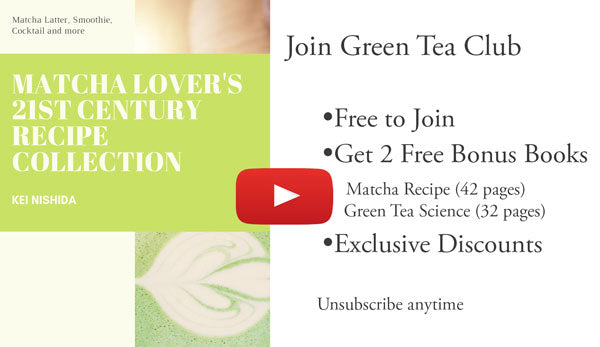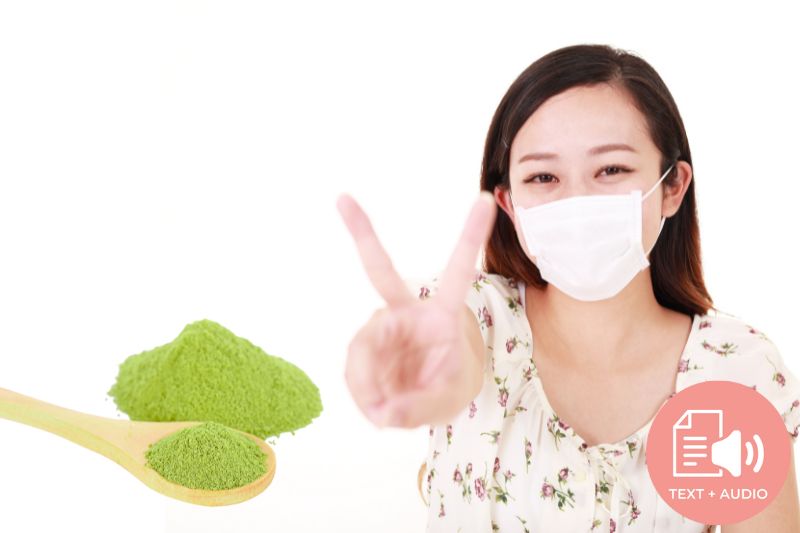Whenever you have a cough or throat pain and it is really hard to swallow, breathe, or even drink fluids, you want to relieve the soreness and pain so you can have a good night's sleep. A lot of products on the market are out to soothe throat pains and all kinds of coughs. You could see all kinds of variety with so many ingredients, both chemicals and naturals.
What is Sore Throat Lozenges
Sore throat lozenges, otherwise called cough drops, cough lozenges, troche, cachou, pastille, or cough sweet, are usually sized as big as a penny and are often diamond or oval-shaped flavored tablets that soothe a sore throat by dissolving them slowly in the mouth, lubricating them with saliva, and releasing the compounds that will act as medicine to temporarily stop coughs, lubricate them, and soothe irritated tissues of the throat, possibly from the common cold or influenza. These tablets have taken the name lozenge, based on their original shape, which is a diamond.
Throat lozenges are used for cooling relief from irritated tissues that result in sore throat pain. These throat lozenges are casually called as sore throat candy or cough candy, since they are usually quite similar to sucking candies in both look and taste, and they often have a refreshing and tasteful flavor. With little or no active ingredients or therapeutic benefits, ‘confectionery’ items are classed as a food, not a medicine.
How Sore Throat Lozenges Works
Throat lozenges are not meant to be swallowed or chewed but are meant to dissolve on the tongue. What throat lozenges do is that by sucking them for a long time—about half an hour—they increase saliva production, which eventually makes the throat feel better, decreases the dryness, and coats the throat, helping to ease the cough reflex. There are also varieties of lozenges, ranging from anesthetics precisely to make your throat feel numb to stop the itchiness.
For the anti-bacterial throat lozenges, the active chemical compounds found in throat lozenges are amylmetacresol, dichlorobenzyl alcohol, and hexylresorcinol, which have antiseptic properties capable of killing some strains of bacteria. Lozenges with both amylmetacresol and dichlorobenzyl alcohol have been studied to kill a small selection of viruses, but these two compounds do not have soothing effects. Also, according to studies, bacteria only account for no more than 20% to as little as 5% of throat infections, so these would be deemed useless since most throat pains are actually caused by viral infections. However, what these compounds actually do is signal to the brain the numbness and block the pain and discomfort to give anesthetic relief.
What Ingredients Throat Lozenges Contain?
Usually, these throat lozenges have ingredients like oils, such as those from peppermint or spearmint, claiming to have therapeutic benefits aside from soothing the throat due to itchiness or soreness, and from eucalyptus leaves as an added decongestant for colds and could also provide fresh breath. An organic compound called menthol, on the other hand, is a throat lozenge ingredient that causes a calming, cooling, and soothing sensation and has antiseptic and anesthetic benefits on its own. Non-menthol throat lozenges generally use either zinc gluconate, glycine, pectin, or honey as a soothing substance, a coating for the throat to suppress the cough, or an oral demulcent. There are also throat lozenges that include pain medications that are usually non-steroidal anti-inflammatory drugs. Lemon is usually used as a flavoring, or any other citrus fruit that has been loaded with vitamin C, to make it more palatable. Other anesthetics and cough suppressants can also be included to treat other illnesses.
What is Benifuki?
Others also use benifuuki tea leaves as an active ingredient for sore throats and hay fever. For throat lozenges, what is used is slightly fermented Benifuuki green tea leaves.
The flowers and leaves of benifuuki are larger than the more popular cultivar for Japanese green tea, which is the yabukita. Banifuuki leaves have three stems. The tea is not shaded because the sunlight allows for a higher catechin content and is easily fermented. Benifuuki leaves are also easy to plant and harvest since Benifuuki shows a particularly high resistance to disease and can be grown using only very small quantities of pesticides, so there are substantially fewer harmful residues in the Benifuuki green tea.

Throat Lozenge vs Benifuuki
While the use of mint candies for sore throats dates back to as early as 1000 BC, benifuuki tea is a special cultivar of Japanese Green tea that was introduced in the Japanese market by Japanese breeders only in 1993.
Compared to throat lozenges, benifuuki tea leaves are a natural remedy for sore throats, and they are much more than a throat pain reliever. It has been shown to strongly inhibit mast cell activation and histamine release, as well as relieve symptoms of runny nose and eye itching in people with seasonal pollen allergies. Early research suggests that drinking Benifuuki tea daily can reduce allergy symptoms, including throat pain, nasal congestion, nose blowing, and tears. In a certain study, ninety-one patients who had mild perennial allergic rhinitis who ingested Benifuuki tea experienced statistically significant improvements in both their nasal symptom score and their symptom-medication score. A double-blind workroom in Japan established that symptoms such as nose blowing and eye itching were significantly relieved in the Benifuuki. This tea is called "Throat Coat" and has been shown to be much better at relieving sore throat pain than regular teas. The benifuuki tea leaves have methylated catechin, which has been reported to ameliorate allergic reactions and work in the body to block histamines. According to research conducted, benifuuki green tea, which contains a large amount of catechin, has potential as a complementary or alternative medicine for treating seasonal allergic rhinitis. These methylated catechins also have anti-obesity effects. This tea is also helpful against atopic dermatitis, eczema, improved metabolism, liver function, and weight loss..
Benifuuki, as a beverage, also comes in powder or loose-leaf tea varieties. In Japan, Benifuuki is taken as a powder in combination with tea since the catechins and bitter substances are relatively poorly soluble in water. On the other hand, the benifuuki loose tea leaves allow for a longer shelf life and can still be refrigerated for a few days.
It is important to note that sore throat remedies on the market, such as throat lozenges, would not actually cure your throat of infection but would only help relieve symptoms and ease pain since a sore throat usually goes away on its own after three or four days. On the other hand, drinking benifuuki tea leaves every day would give you a variety of health benefits, and it would also help as an anti-allergy because it has the highest concentration of catechins of all green teas.
Buy Quality Benifuuki Candy Online
Get Free Bonus Books

Sign up for free to the Green Tea Club to get advice and exclusive articles about how to choose Japanese Tea, and tips, tricks, and recipes for enjoying Japanese tea.
About the author
Kei Nishida
Author, CEO Dream of Japan
Certification: PMP, BS in Computer Science
Education: Western Washington University
Kei Nishida is a passionate Japanese green tea connoisseur, writer, and the founder and CEO of Japanese Green Tea Co., a Dream of Japan Company.
Driven by a deep desire to share the rich flavors of his homeland, he established the only company that sources premium tea grown in nutrient-rich sugarcane soil—earning multiple Global Tea Champion awards.
Expanding his mission of introducing Japan’s finest to the world, Kei pioneered the launch of the first-ever Sumiyaki charcoal-roasted coffee through Japanese Coffee Co. He also brought the artistry of traditional Japanese craftsmanship to the global market by making katana-style handmade knives—crafted by a renowned katana maker—available outside Japan for the first time through Japanese Knife Co.
Kei’s journey continues as he uncovers and shares Japan’s hidden treasures with the world.
Learn more about Kei










